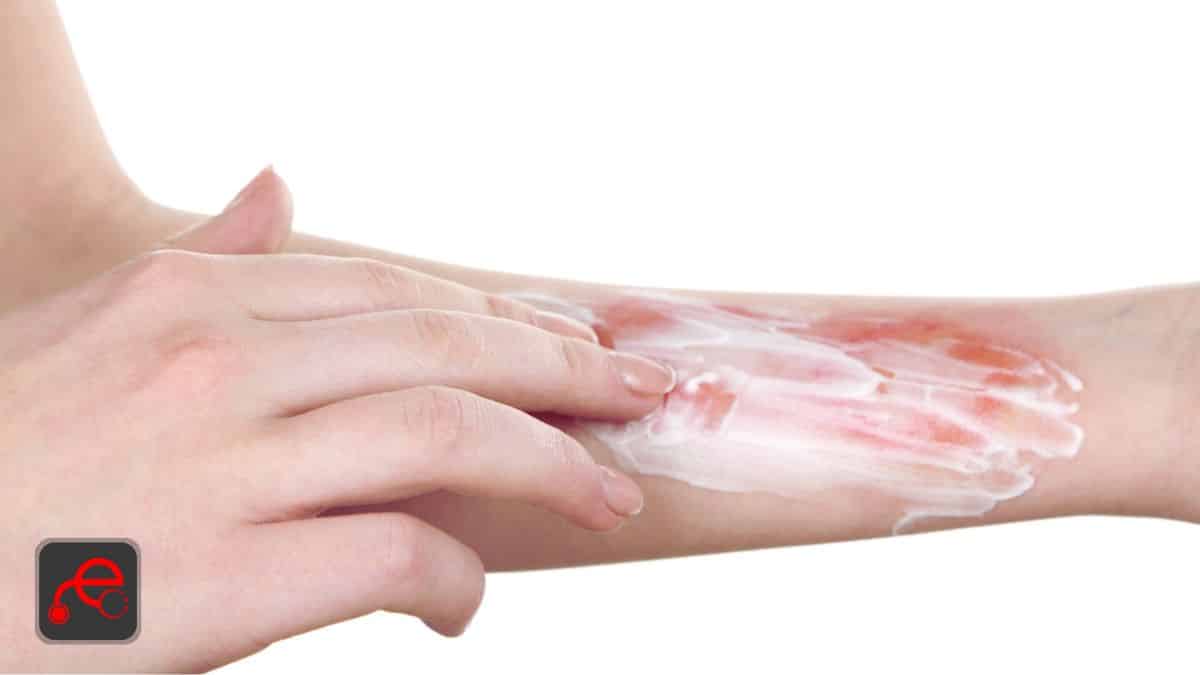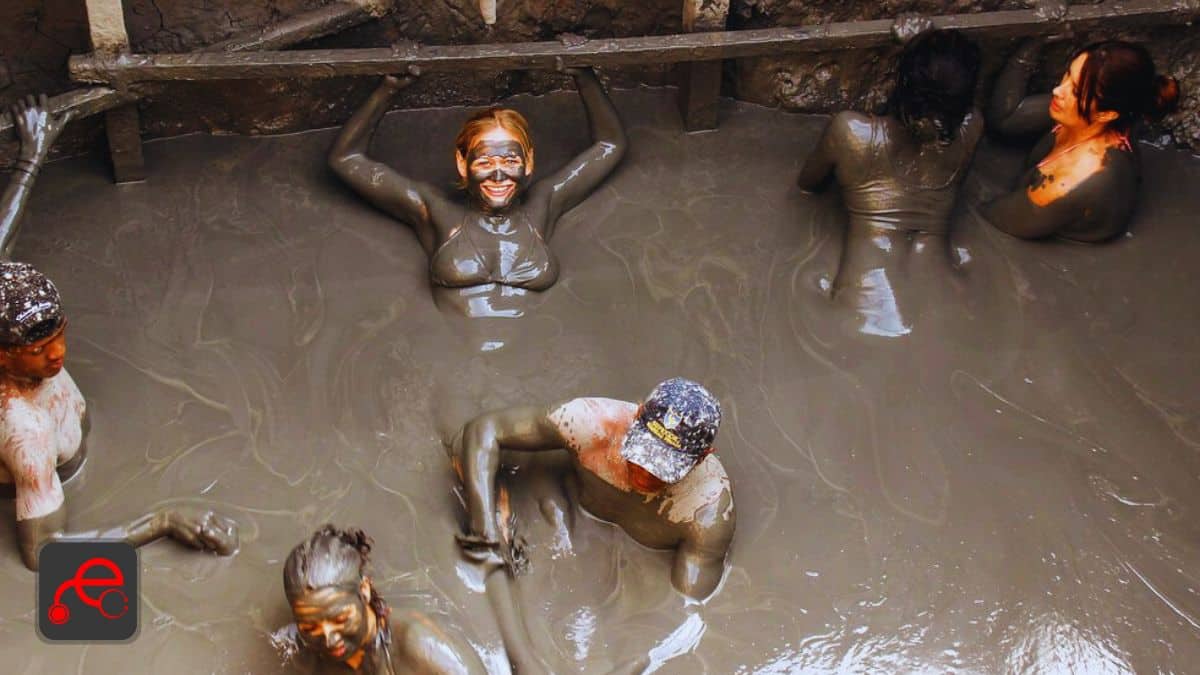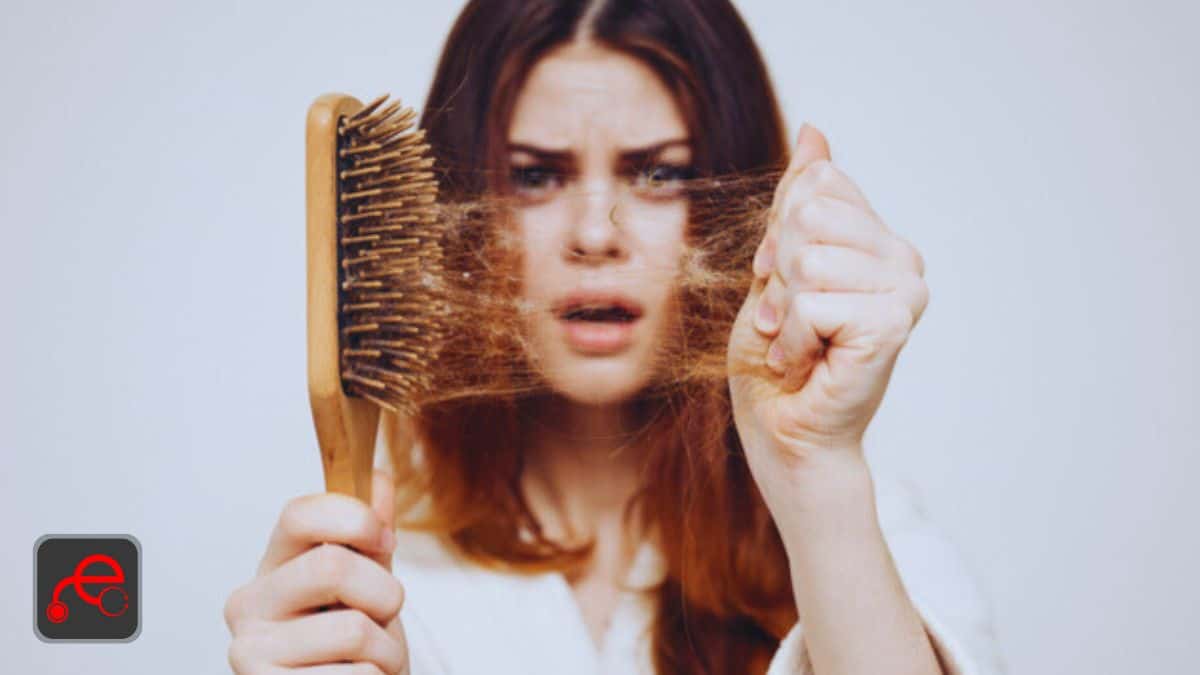Burn Wounds: Types, Symptoms, and Treatments

Burns is a type of painful wound caused by thermal, electrical, chemical, or electromagnetic energy. Open flame and smoking are one of the leading causes of burn injury for older adults and nearly half a million Americans seek medical care for accidental burns each year. In this article we talk about burn wounds.
Burns are classified by degree depending on how severely and deeply they penetrate the skin’s surface: first, second, third, or fourth. It may be pretty impossible to classify a burn immediately when it occurs. However, it can progress over time so you may not know the full extent after a day or two.
- First-degree or superficial burns: First-degree burns affect only the outer layer of skin, the epidermis. The burn site is red, painful, dry, and has no blisters, e.g. mild sunburn. Long-term tissue damage is rare and often consists of an increase or decrease in skin color.
- Second-degree or partial thickness burns: Second-degree burns involve the epidermis and part of the lower layer of skin, the dermis. You may experience pain, blistering, redness, and swelling.
- Third-degree or full-thickness burns: Third-degree burns destroy the epidermis and dermis. They may go into the innermost layer of skin and the burn site may look white or blackened and charred.
- Fourth-degree burns go through both the layers of skin and underlying tissue as well as deeper tissue, involving muscle and bone. There is no feeling in the area since the nerve endings are destroyed.
Types of Burn Wounds
There are different types of burns caused by thermal, radiation, chemical, and electrical contact. They are as follows:
Chemical Burns
These types of burn wounds are due to strong acids, alkalis, detergents, or solvents coming into contact with the skin or eyes. Chemical burns range from mild to severe. Mild chemical burns usually heal quickly, but severe chemical burns can cause permanent tissue damage, scarring, or death. There are a number of substances that can cause chemical burns. Some of the most common include battery acid, bleach, detergents, fertilizers, metal cleaners, and rust removers.
Symptoms of chemical burns
Chemical burns on your skin may cause:
- Blisters or scabs
- Dry, cracked skin
- Pain and peeling of skin
- Redness and swelling
- Skin discoloration
Chemical burns in your eyes may cause
- Blurred vision
- Eyelid swelling and redness of eyes
- Pain
- Stinging or burning sensation
- Blindness (in severe cases)
Treatment of burn wounds from chemical burning at home
Chemical burns require immediate treatment. The best treatment for open burn wounds is as follows:
- Remove clothing: First and foremost, wear gloves to protect your hands. Then, cut away any clothing contaminated with the chemical to prevent it from touching other areas of your body.
- Rinse with water: Rinse the burned area of your skin or eyes with cool water. Continue rinsing for at least half an hour because the chemicals can continue damaging your skin after contact. Try to keep the contaminated water from touching other parts of your skin.
- Bandage the burn: Cover the burn with a clean gauze bandage for burns. Wrap it loosely to avoid putting pressure on burned skin.
However, seek immediate help in the case of major chemical burns which:
- Are deep, involving all layers of the skin
- Are larger than 3 inches in diameter
- Cover the hands, feet, face, groin, buttocks, or a major joint or encircles an arm or leg
- Might even cause shock, with symptoms such as cool skin, weak pulse, and shallow breathing.
Thermal burns
These burns are caused due to heat sources that raise the temperature of the skin and tissues and cause tissue cell death or charring. Hot metals, scalding liquids, steam, and flames, when coming into contact with the skin, can usually cause thermal burns. These types of burn wounds are the most common type of burn injuries, making up about 86% of burnt patients.
Symptoms of thermal burns
Thermal burn symptoms depend on the area and the severity or degree of the burn. They are usually worse during the first few hours or days after the burn. Some symptoms are:
- pain
- blisters and swelling
- red, white, or charred (blackened) skin
- peeling skin
Treatment of burn wounds at home
If the burn is minor,
- Cool the burn with cool (not cold) running water for 10 minutes.
- Remove clothing or jewelry from the affected area.
- Use a sterile bandage for burns and loosely wrap the affected area
- Apply any best pain cream for burn relief such as acetaminophen (Tylenol), ibuprofen (Motrin, Advil), or naproxen.
- The next step is then to burn the wound dressing. After applying ointment, wrap your burn in a dressing. You can use a clean cloth or basic gauze bandage for burns or you can place a nonstick pad. Change the dressing one to two times a day and anytime it gets dirty or wet.
Radiation burns
These types of burns are due to prolonged exposure to ultraviolet rays of the sun, or to other sources of radiation such as X-ray or radiation therapy used for the treatment of Cancer.
Symptoms of Radiation burns
Common radiation burn symptoms are:
- Reddening of white skin or darkening of the skin that is black or brown.
- Itchy or dry skin and peeling skin
- Swelling.
- Blistering.
- Open sores that may appear where your skin is sweaty or damp, such as your armpits or under your breasts.
Treatment of radiation burns
Here are some ways you can protect your skin and ease your radiation burn symptoms:
- Wash your irritated skin with mild soap and lukewarm water.
- Don’t rub or scratch your irritated skin.
- Use moisturizing cream as directed.
- Wear loose, soft clothing that doesn’t rub against or irritate skin affected by radiation.
- Stay out of the Sun and wear protective clothing whenever you’re exposed to sunlight. Ask your healthcare provider what sunscreen to use and what kind is best for your skin type.
Electrical burns
These types of burns are from electrical current, either alternating current (AC) or direct current (DC). They can be caused by a number of sources of electricity which include lightning, stun guns, and contact with job sites or even household currents.
Minor electrical skin burns can be treated like any other minor burn. Immediately put a cool wet cloth on the area. Do not break blisters if any. After you gently clean the skin, put a sterile bandage for burns on the area.
How to know if your burn wound has been infected?
Infected burn wound symptoms
- Change in color of the burnt area or surrounding skin
- Purplish discoloration, particularly if swelling is also present
- Change in thickness of the burn
- Greenish discharge or pus
- Fever
How do you know if your burn wound is healing?
Burn injury healing time varies depending on the types of burn wounds, degree, and treatment used to treat the wounds. On one hand where the minor burns may begin to close within a week, many mild to moderate burns may take weeks or several months and severe burns can even take months or years to recover, requiring a lot of patience.
There are multiple stages of a healing burn:
- The first stage of healing is helping the skin heal and fill in, whether bandages or more complex skin grafts assist that process. Once the skin is closed, moisturize the skin to decrease the chance of blisters or tears. This can decrease itching.
- After a burn injury, the area of burnt skin may appear red and inflamed. This redness gradually decreases and fades as the skin matures. It generally takes skin 12–18 months to finish healing and for skin to fade to a near-normal color.
- However, if a burn injury damages the nerve endings in the skin, the nerves will need to regrow. Throughout this regrowth period, the sense of touch may be affected because the sensation of touch is experienced through the skin and all the areas that have nerve damage due to the injury may be less sensitive to touch. Nerve regrowth is usually a slow healing process and sensations may be permanently changed.
Can burns cause nerve damage?
Nerves are responsible for many bodily functions, including sensations, actions, and temperature regulation. If any damage occurs to the nerves, you can lose the ability to feel pain, change temperature, and touch the injury site.
Nerve damage can occur in patients with second-degree burns, which impact the first layer of the skin and the tissue underneath it. Third-degree burn patients, whose injuries extend to the fat layer underneath the skin and tissue, often sustain this damage as well. Patients who suffer fourth-degree burns, which cause damage all the way down to the bone, almost always, sustain nerve injuries. However, a first-degree burn, which only affects the top layer of skin, is unlikely to lead to nerve damage.
FAQs
What are the different types of burns?
Burns can be classified into four categories: thermal, chemical, electrical, and radiation.
What are the signs and symptoms of a burn?
Symptoms of a burn may include redness, pain, blistering, peeling skin, and discoloration of the affected area.
How is the severity of a burn determined?
Burns are typically classified based on their severity and the extent of tissue damage. The most commonly used scale for classifying burns is the “degree” system, which ranges from first-degree (superficial) to fourth-degree (deep and extensive tissue damage).
How should I treat a burn at home?
For mild burns, hold the affected area under cool running water for 10 to 15 minutes and cover it with a sterile bandage. Do not pop any blisters, apply ointments or butter, or break any skin.
When should I seek medical attention for a burn?
You should seek medical attention for a burn if it covers a large area of the body, if it is deep or third-degree, if it affects the face, hands, feet, genitalia, or joints, or if there is any doubt about its severity.

